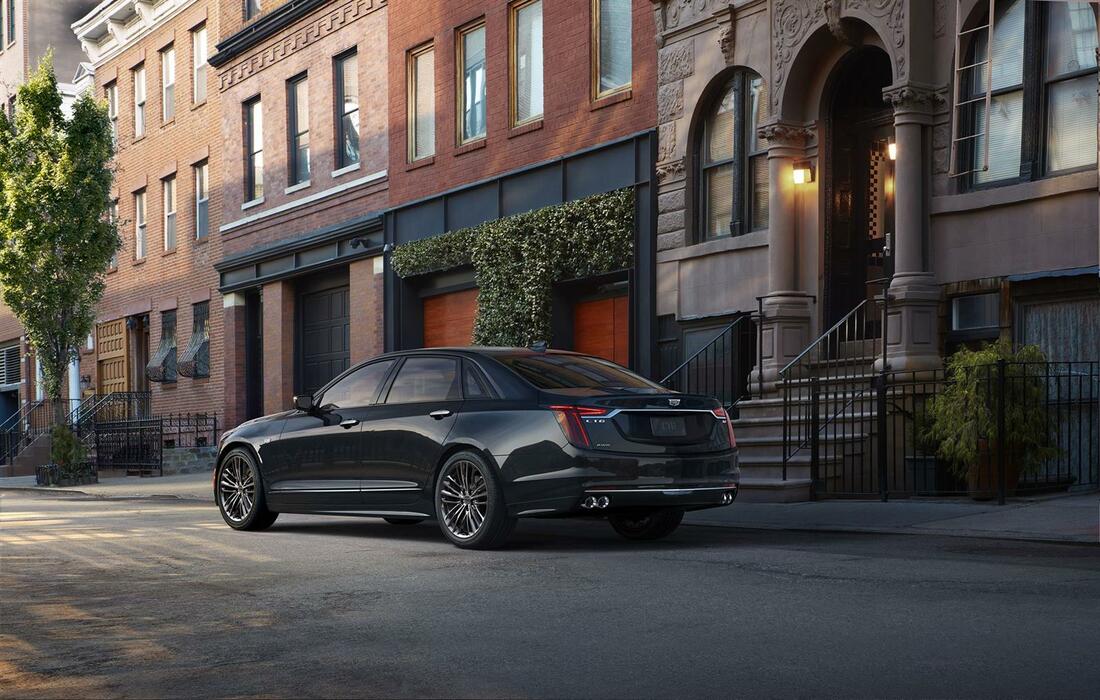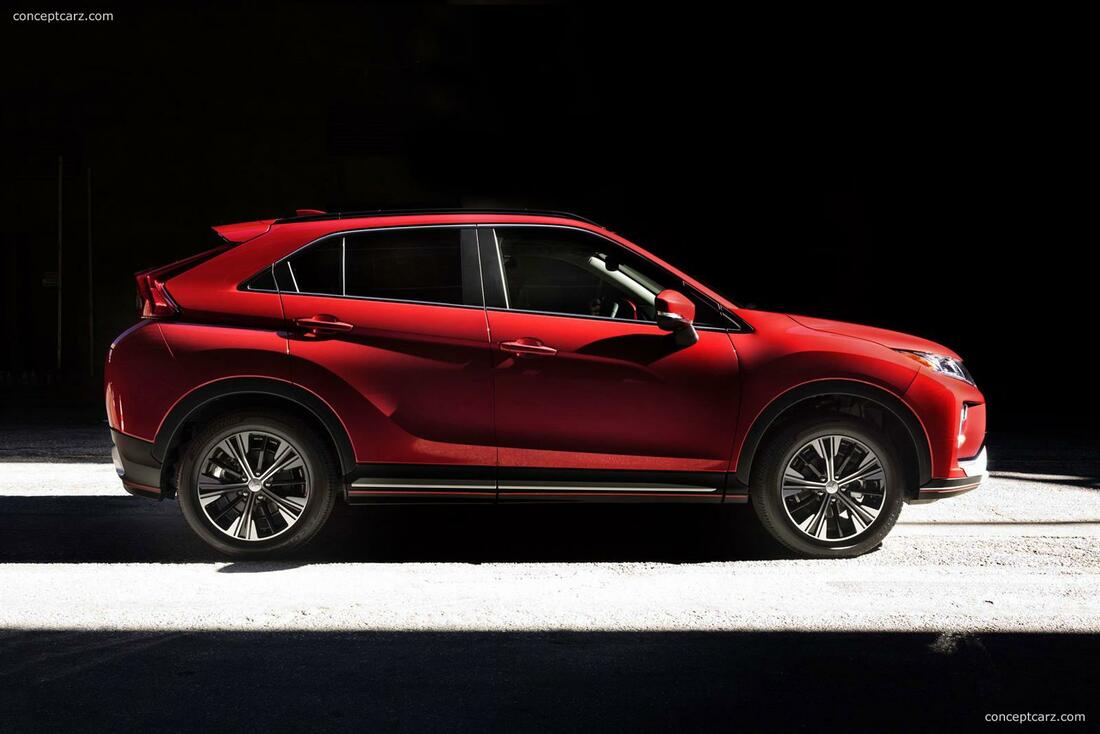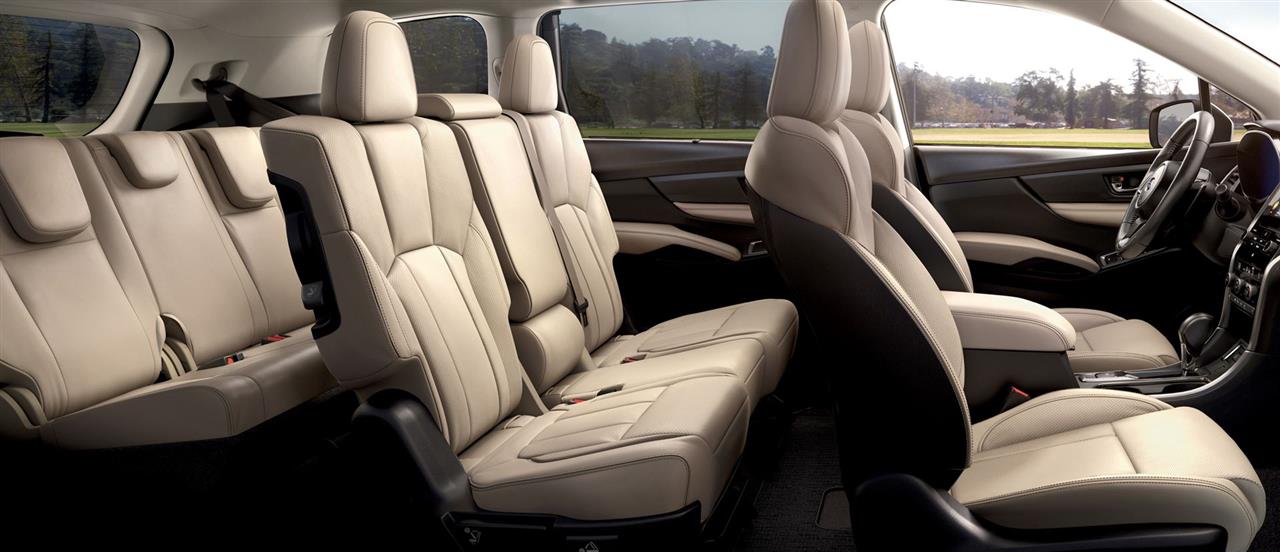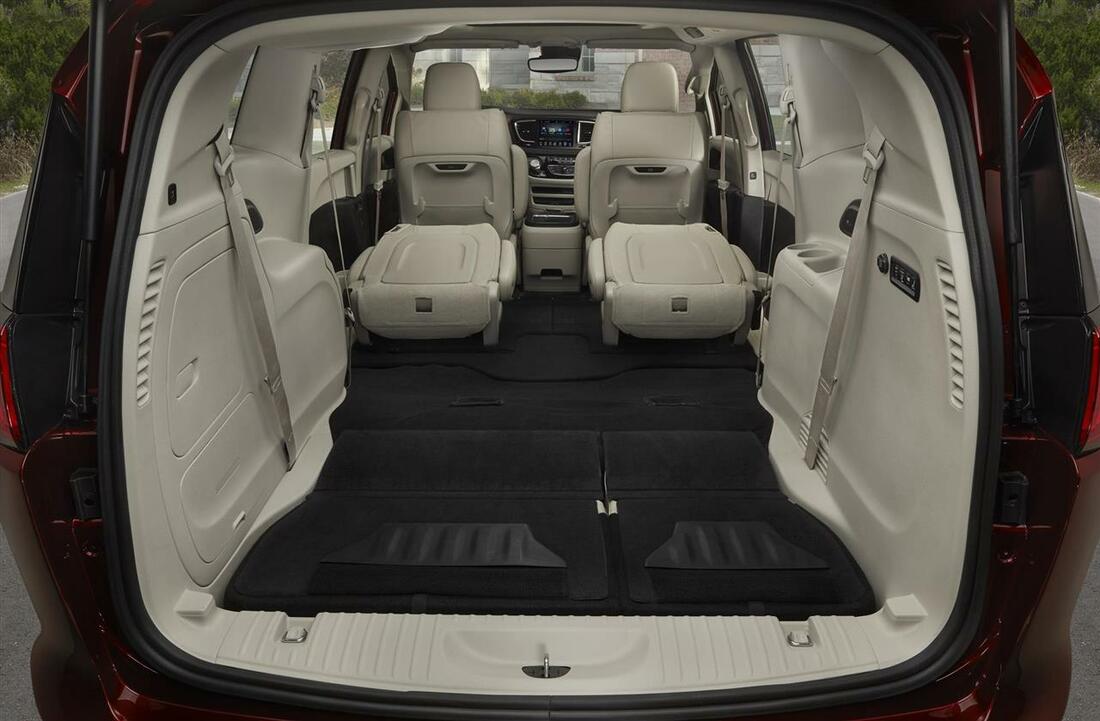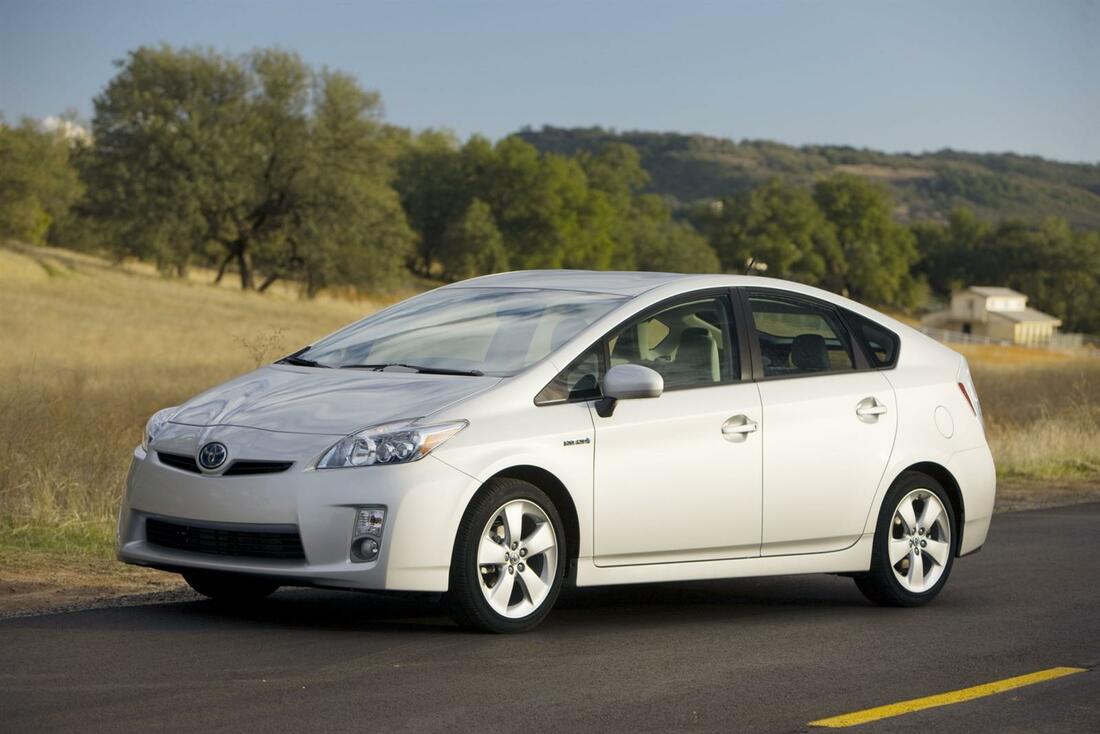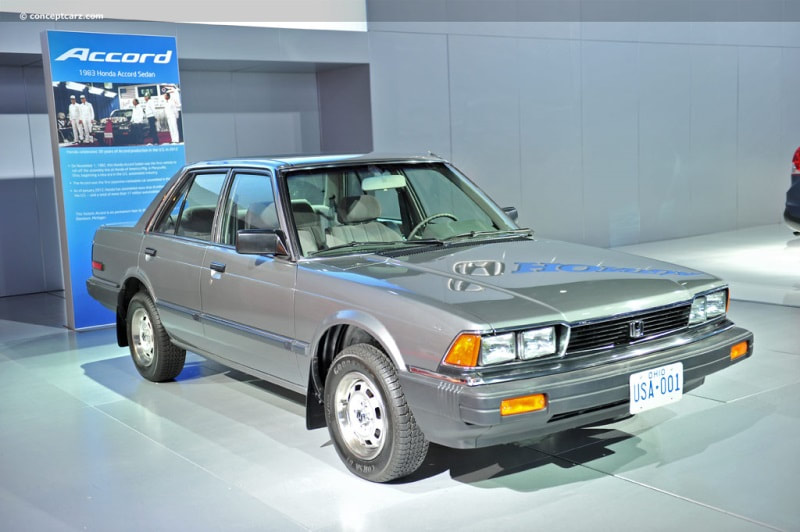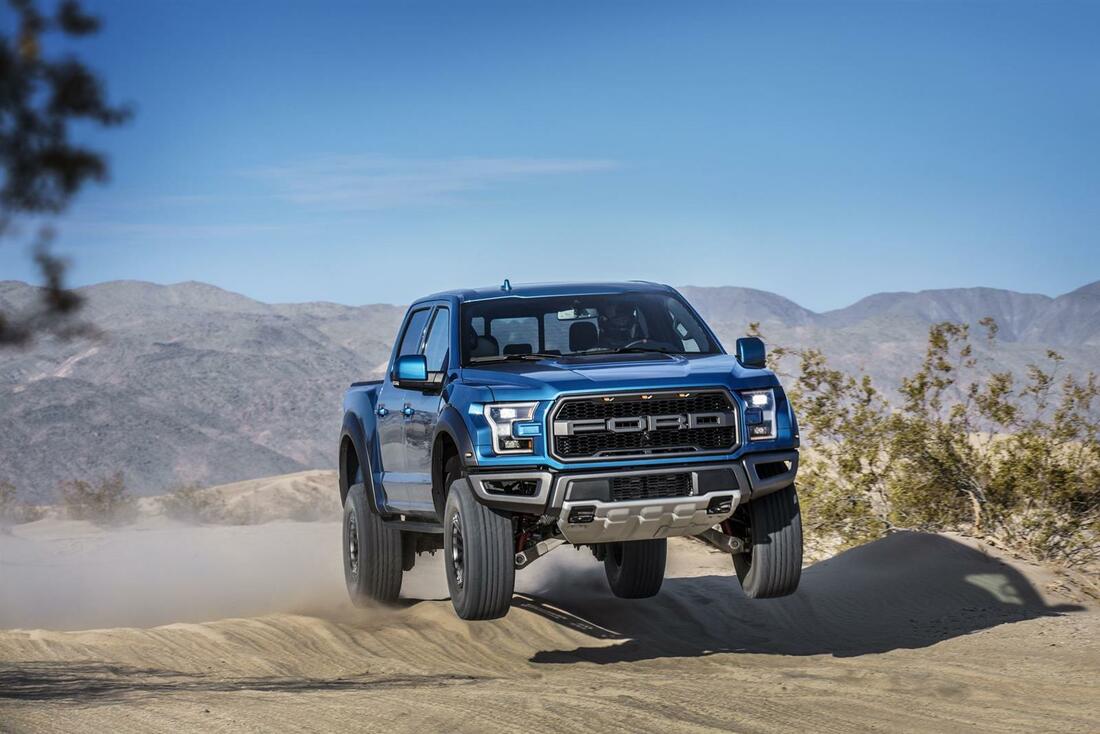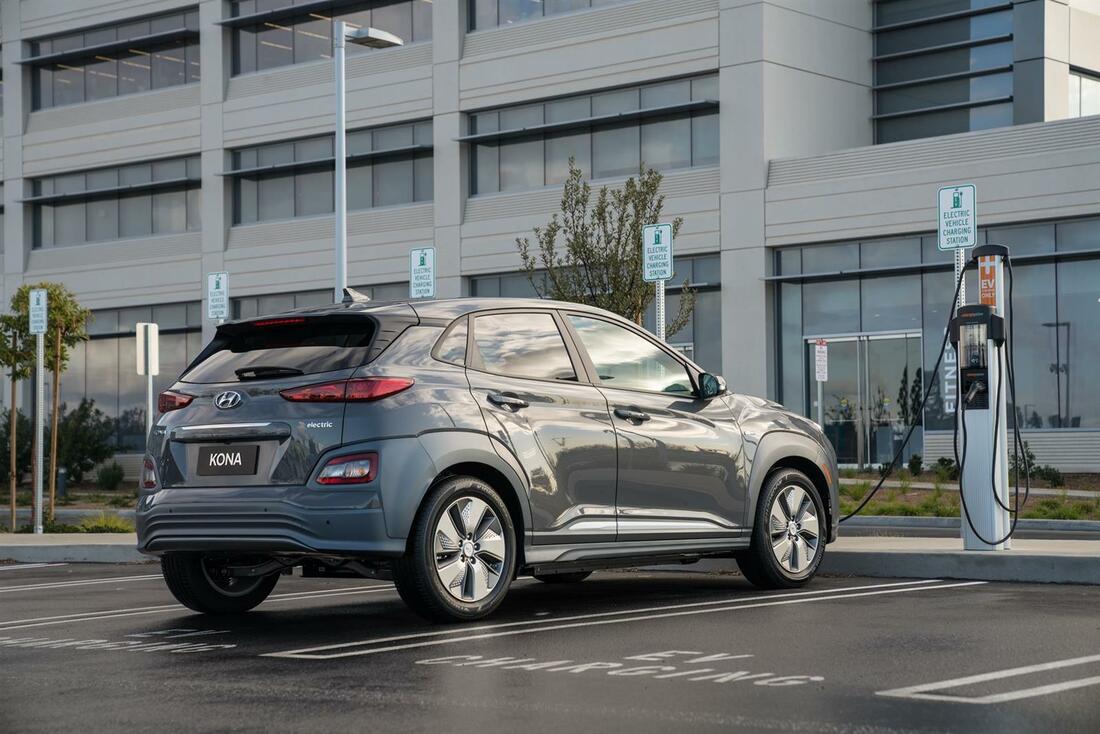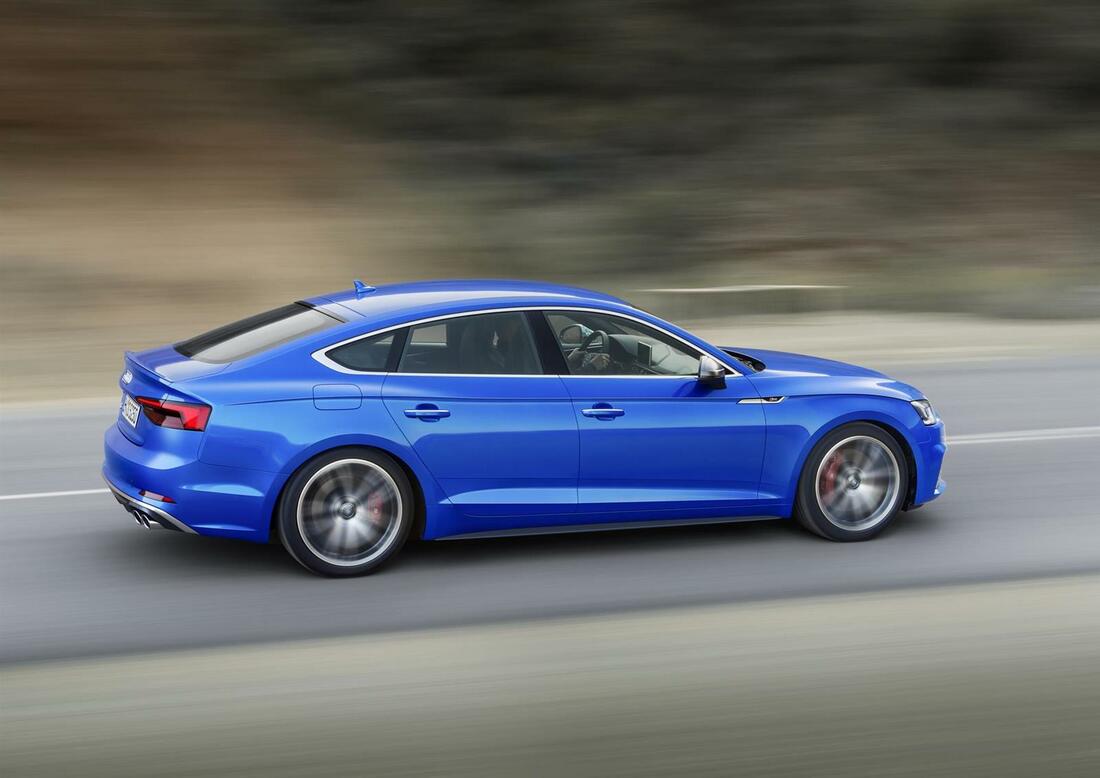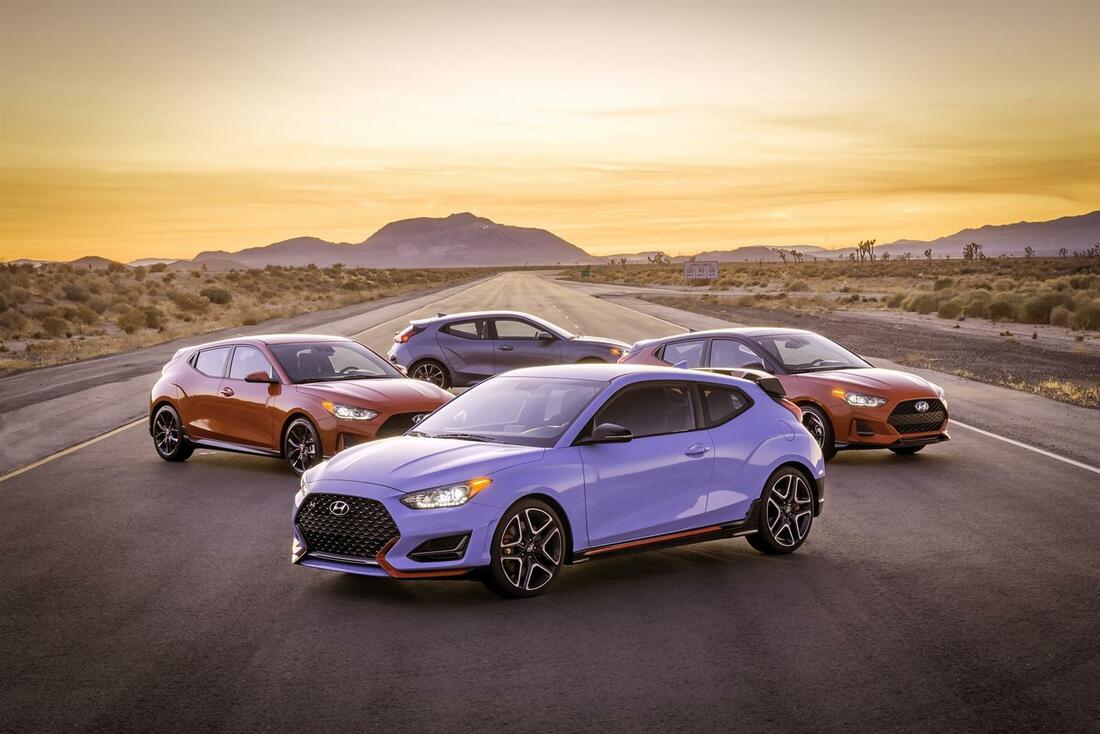|
Finding optimism in the impending death of the sedan Pardon the hashtag in the title but the scenario warranted it. This is surely a watershed moment. In a recent quarterly financial report, Ford has nonchalantly admitted that they will not be investing in a new generation of sedans and hatchbacks for North America. This means, the hatchback and sedan versions of the Fiesta, the Focus, the Fusion, and the Taurus will soon be unavailable. This entails different repercussions, which one might need to take several moments to let sink in. One of which is the fact that Ford will not have a sub-$20,000 car in their line-up. Another is that this would be a teary farewell to the Fiesta ST, the Focus ST, and the Focus RS. On another lighter note, a friend asked me, what would the cops drive, if Ford stopped making any Crown Vics? Well, even the cops have moved on to Ford Explorers for a while now. And then, recently, GM announced sweeping strategy moves. Draped in corporate jargon about restructuring, goal pursuing, and efficiency were blunt facts that they were shutting down several North American plants, laying off thousands of workers, and effectively killing off a majority of their sedan line-up. This meant the death of the Impala, the Cruze, the Volt, the Buick LaCrosse, the Cadillac XTS, and even the much acclaimed flagship, the CT6. Earlier last year, Cadillac had already announced the shuttering of the ATS sedan. Only the lonesome Malibu survives. SUValanche The popularity of SUVs and the rise of the crossover in the American car market has been the big headline for a few years now. Whatever scale or price range a manufacturer is operating at, sales for SUVs and crossovers are outnumbering those for sedans and other body-styles across the board. On one end of the scale, a company like Mitsubishi, with its relatively small footprint in the American market, sold 35,000 Outlander SUVs in 2017. Their sedans and coupes have been defunct for a while now, with traditionally halo names like the Eclipse and Lancer Evolution either relegated to SUV status or to the history books. On the other end of the scale, Ferrari recently unveiled its plans to add an SUV to its growing line-up, to be called the Purosangue. Being someone who has always been interested in the whys behind human motives, I wanted to understand the causal factors behind this relatively newfound popularity of the SUV; or alternatively, the loss of consumer interest in the sedan. I tend to think that any product is sought by consumers in an attempt to address their needs, wants, and desires. So I'll tread down that thought process here. Needs, Wants, and Desires For starters, the utility vehicle, in its many formats - SUV, CUV, Pick-up truck -seems to solve some very specific issues that car users have long had. As newer cars got beefy owing to safety standards and sturdier engineering, driver visibility took a hit. This is cured easily by the raised seating position offered by UVs. This also enables smoother ergonomics - facilitating easier ingress-egress for occupants all over, which is a crucial necessity given how the average car consumer is now arguably older. UVs are also a natural solution to the burgeoning demand for spacious cars. Finally, UVs offer the perception of safety. But then, one could make the argument - isn't a minivan the most logical solution for a consumer looking for good visibility, space, and ergonomics? You sit high enough, have intelligent space packaging, and even have automatic doors. But car buying doesn't always involve logical decisions. Car buying is also about lifestyle - an intricate combination of what the car can allow one to do, what one aspires to do with it, what one feels when driving it, what it tells others about oneself, the works. And more often than not, when one purchases an SUV, one purchases a lifestyle, or the aspiration, perception, and projection of it. Signaling Let's put car-lifestyle and its signaling on a spectrum. On the left extreme are what one might call the vices, and the right extreme are what one might call the virtues. Vice signaling occurs through two door GTs, sports cars, etc. - cars that let their drivers pursue a self-aggrandizement at the behest of other humans, indicating one's arrival in life, or affinity for speed, or other such precarious elements. Virtue signaling, on the contrary, is all about benevolence - the pursuit of friendliness to the environment and minimization of one's transportation footprint. The success of the Toyota Prius is an example of this. Also on the virtue end of the spectrum, if you ask me, are minivans - an efficient transportation method for families. Consider the humble sedan in this context. One could proclaim that the sedan was the most universal vehicle style around in the pre-crossover era. It had the usability and usefulness to suit most needs and use cases - engine at the front, four doors to aid maximum occupancy and practicality in the cabin, and a trunk for luggage. The sedan offered A to B transportation, to good lengths in style and elegance, but nothing more in terms of a signal, aspiration, or perception. The sedan was all about understatement. The potent sports sedan segment comes into play here - numbing a vice-laden sports experience with a modicum of acceptability offered by the sedan. This is probably at the root of the expanding popularity of the SUV. I reckon that, depending on how you see it, the SUV has somehow emerged flexible enough to occupy either end of this spectrum. Think of one on gnarly 30 inch tires and a lifted suspension rumbling down on a freeway. It implies pure vice: intimidation and a hefty superiority complex looking down on other humble beings of the interstates. Yet, think of one dropping off kids at a neighborhood school during the weekdays or rumbling up a mountain road with some bikes mounted behind: images of families, nature lovers, adventurists, environmentalists, and everything in between come to mind, all signaling virtues. So naturally, you take the utility value of an SUV, throw in flexibility in signaling offered by the body style, and out comes a meal that is surely difficult to pass. What I like to think about is, amidst the rise of the SUV and the fall of the sedan, there are a few things that I find newfound excitement for. Plugging In On a tangible and near-term note, what if the fame of the SUV is exploited to slowly but surely populate the market with hybrid and electric SUVs? The bigger qualms that have prevented the mass adoption of these vehicles have been lack of comparable performance, range anxiety, and cost. One could argue that any performance differences between a "regular" SUV and its hybrid cousin would be indiscernible to the average consumer. Likewise, SUVs are generally more expensive than their sedan counterparts, so convincing a buyer, who has already decided to spend a good chunk of money, to shell out slightly more is plausible. As for range anxiety, with the arrival of the new breed of electric SUVs from Jaguar, Audi, Kia, Hyundai, and others, range anxiety will soon be tolerable. And did I say SUVs - notice how manufacturers are already cashing in on this idea? But then, in the longer-term, #Sedanocalypse offers one more proposition that I'm stirred for. The Future Let's take a basic sedan, for instance. Consider the Audi A4. Audi sold, on average, about 30,000 A4s per year in the US, across all variants. Now, consider the A5. Audi sold about 12,000 A5s in 2016 but that number jumped up to about 21,000 for 2017 - higher than ever. The real story here could be that the A5 was primarily a Coupe till 2016, but gained the Sportback version in the US for the 2018 model year (which must have been sold, starting the second half of 2017). The reason I use this example is to show what I'm positive about in the wake of the sedan's plunging popularity. I believe here lies an opportunity in the wake of #Sedanocalypse for automakers to deliver cars that go beyond conventional body styles that have prevailed so far in common markets. Consider the aforementioned A5 Sportback, a fastback that is equal parts station-wagon, sedan, hatchback, and four door coupe. A platform that blends so many different traditions - not only to tap into the utility offered by each, but also the signaling offered by the best of them to give the owner an extremely tailored outfit. This delivers an experience to the consumer that caters to their needs, wants, and desires. Fusing Factions So yes, we might have an abundance of crossovers and SUVs floating around, but whatever market spaces are afforded beyond them might be occupied not by old school three-box formats, but by unique, interesting, and innovative vehicle styles. What could be these vehicle styles? A hatchback that can be a coupe and a 4-door at the same time? - the success of the Hyundai Veloster is an emerging example. Compact cars that offer all the benefits of an SUV? - everything from the Kia Soul to the Mazda CX-3 are in attendance. A resurgence of the much loved wagon, you say? - hey, that is happening and even Ferrari and Porsche make wagons now. Coupe-fied crossovers are appearing all around too, with BMW calling its versions Sports Activity Coupes (insert *eyeroll*). Maybe we'll also see the day when a Porsche 911 can go dune-bashing right out of the factory. What happens to the humble sedan then? It might subtly fade out giving way to innovative and desirable takes on the concept. Sportbacks and four-door coupes like the Audi A5 and A7, or the Mercedes CLS, have meddled into the sedan-space with desirability perched higher on scale than that of sedans. Even old school, trusty steeds like the Honda Civic and Accord have resorted to not being mere sedans, growing sloped roof lines and fastback silhouettes. All changes that we are surely better off with! 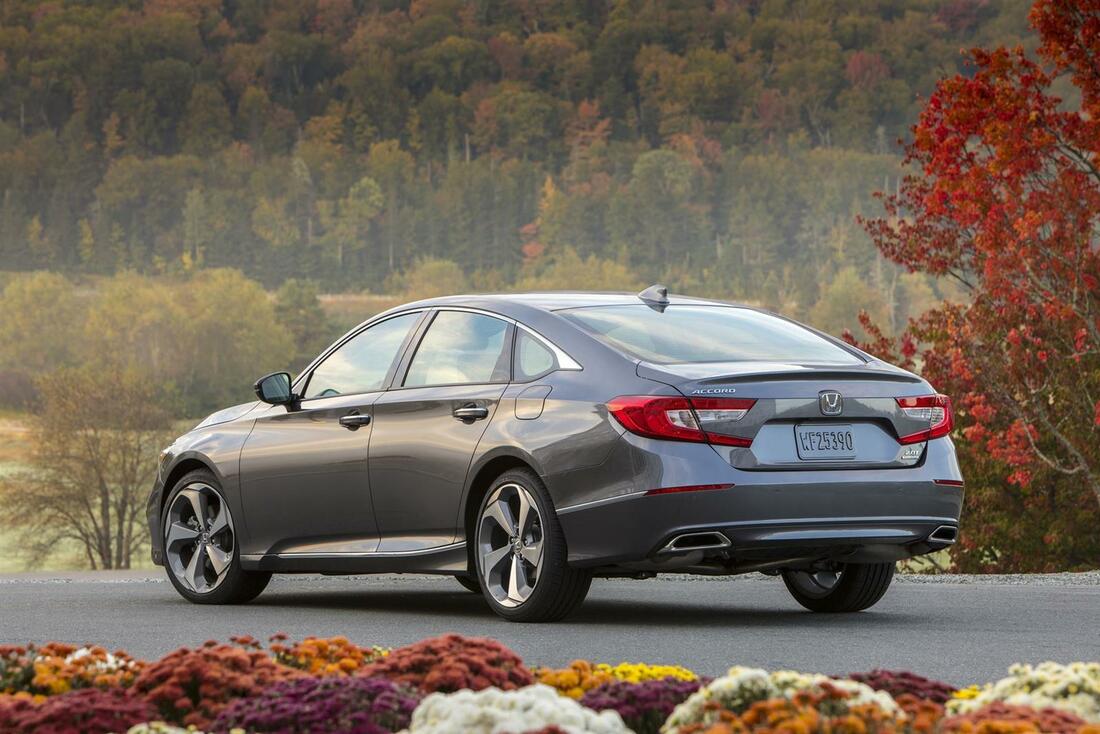 The 2019 Honda Accord, an age old sedan becomes a sportback The 2019 Honda Accord, an age old sedan becomes a sportback I must confess this is all mere speculation based on a decade of observing consumption trends when it comes to automobiles and a few years of working with the human psychology behind cars. I also admit, with the advent of automated shared vehicles, the sphere of personally owned vehicles might deviate in terms of numbers or types from what it is currently. Between now and then, and maybe even beyond then, we have the ascending popularity of the SUV. And amidst that, we might find traditional automotive factions get fused together to form products tailored to offer not only utility, but also personality.
If we choose to apply the word liberally, maybe these are the actual "crossovers", cross-platform fusion exercises that excite us for the future. In effect, maybe the sedan makes way for the exciting segment bender that will thrive in the lap of the SUV!
2 Comments
Kiran Javdekar
1/16/2019 07:11:38 pm
Automotive style was once set in Detroit! No longer. It shifted to Japan and Europe. To an extent, it is like women's fashion; what is the current sleeve style or how high is the current hemline above (or below) the knee! Every generation gets tired of how their parents solved the problem & want to find a newer "solution". The SUV is surprisingly similar to the "estate wagon" of the 40's and 50's. It has a larger ground clearance for its promised off -road capabilities, which are used by only a very small minority of the owning class! Thus proving its just a fashion statement.
Reply
5/5/2024 01:09:52 pm
Orlando Sedan Express offers single or group corporate transportation throughout Central Florida and the Greater Orlando area, including Coco Beach, Kennedy Space Center, Port Canaveral, Disney & Universal, and other Florida Theme Parks.
Reply
Leave a Reply. |
